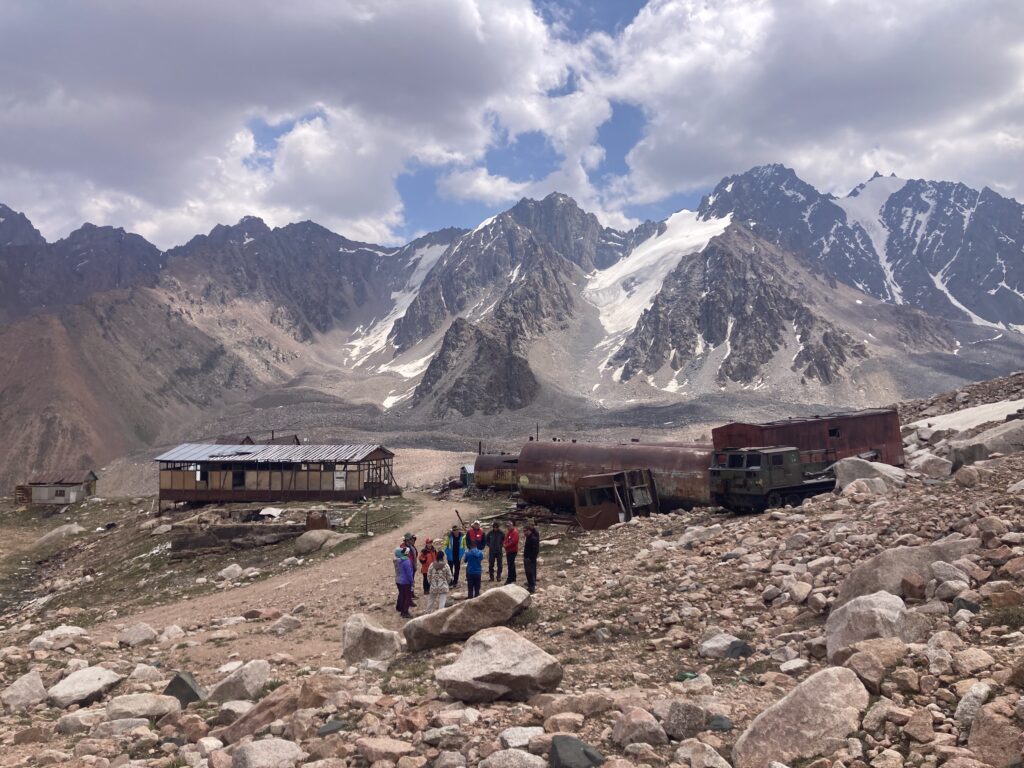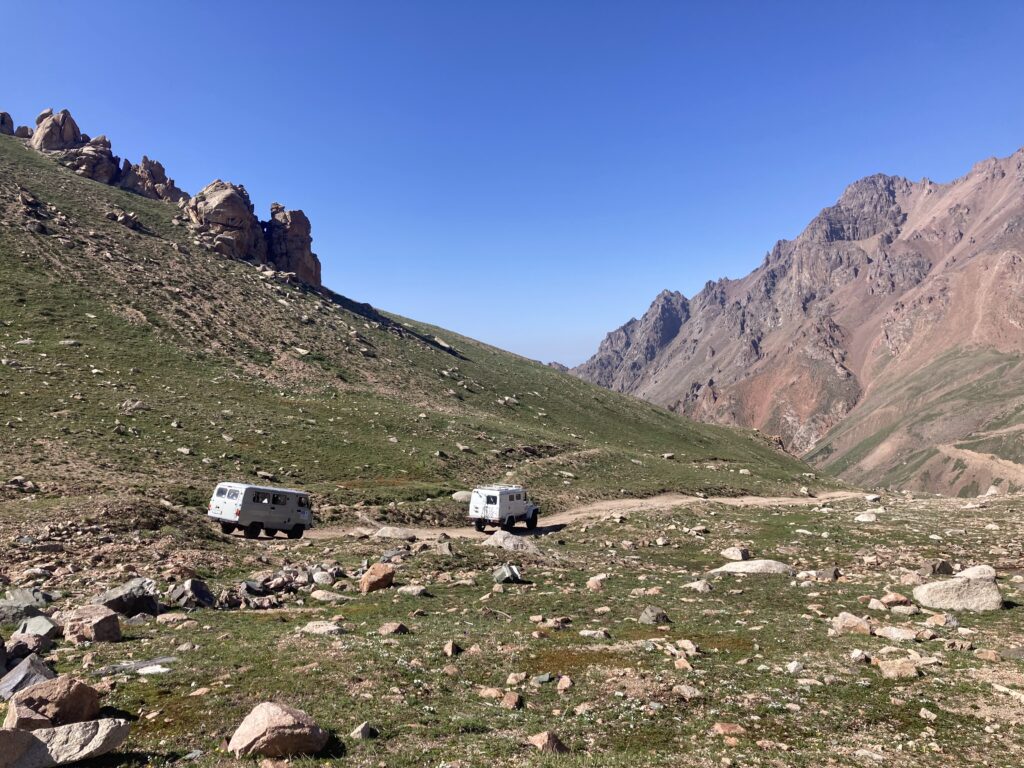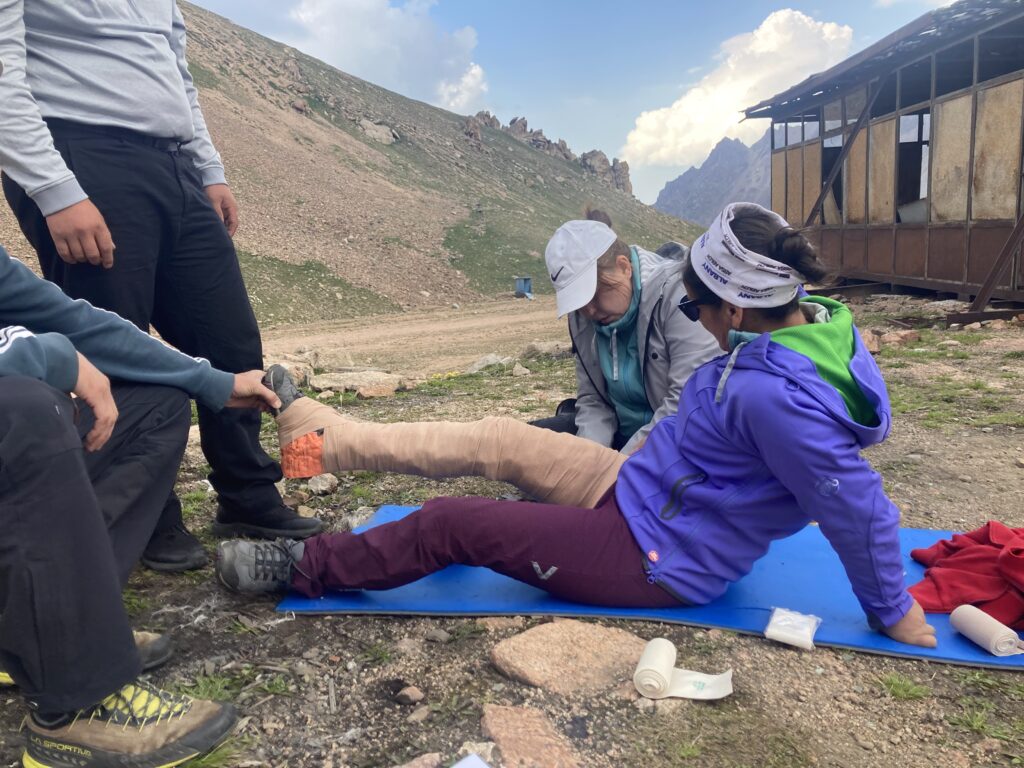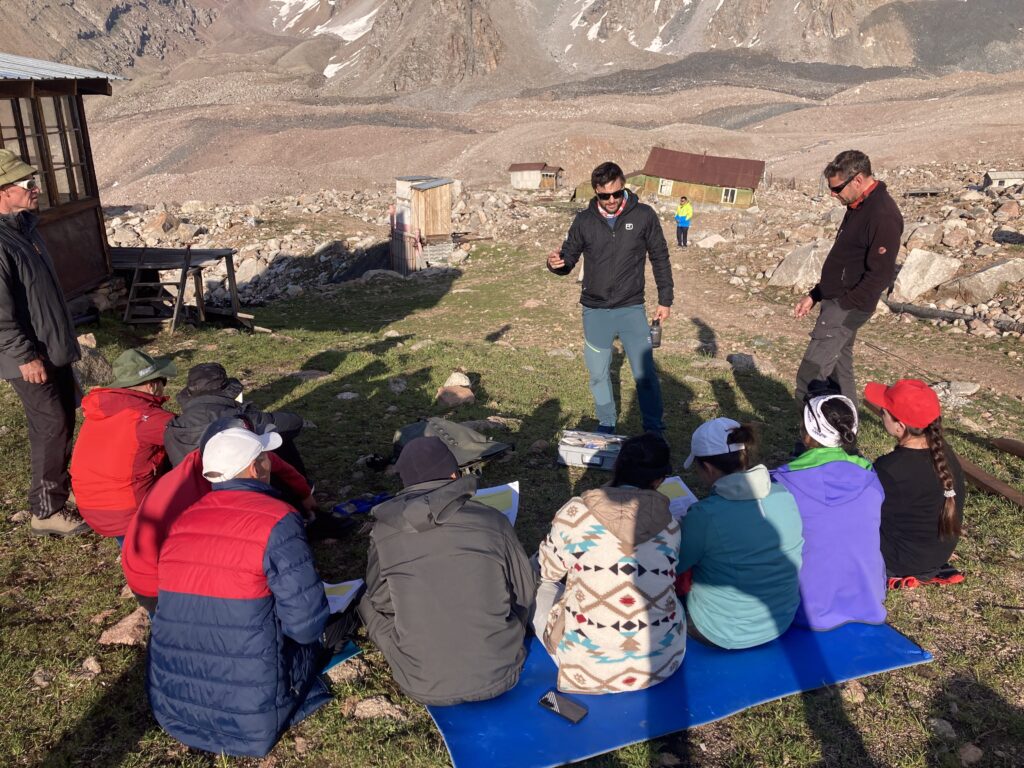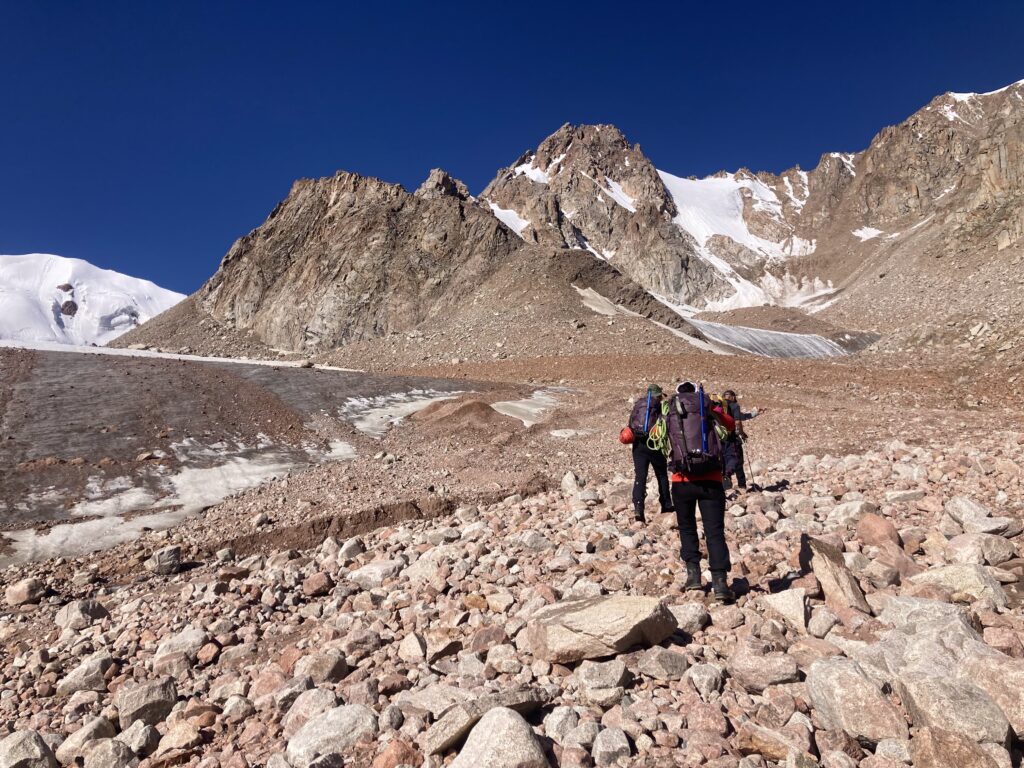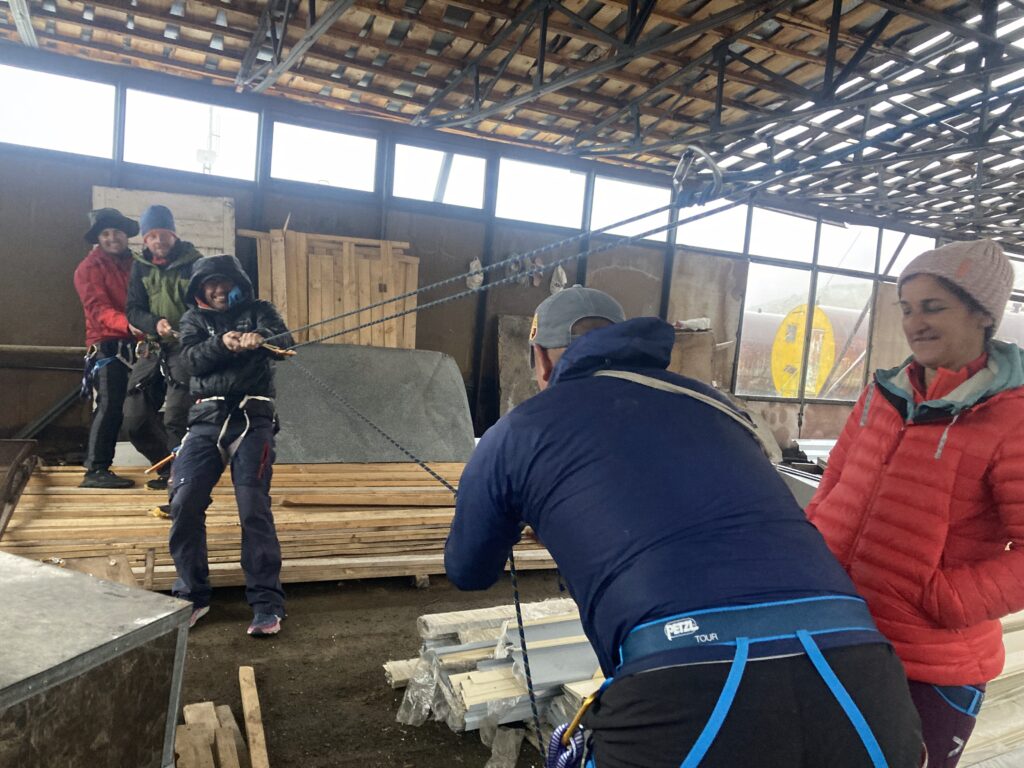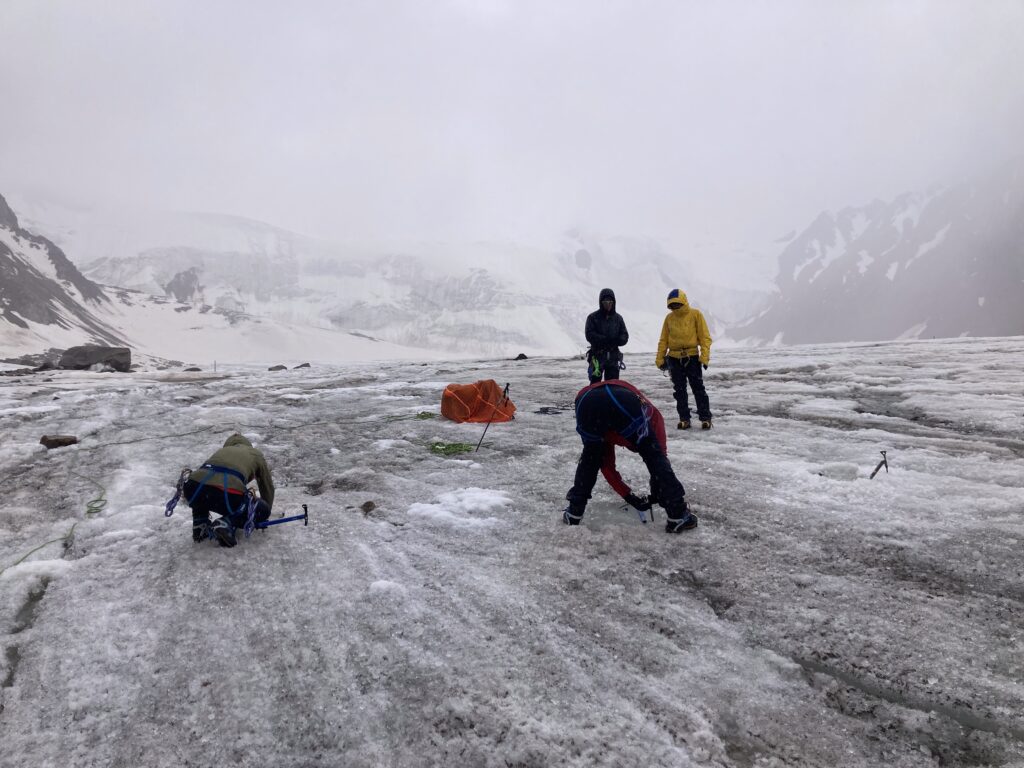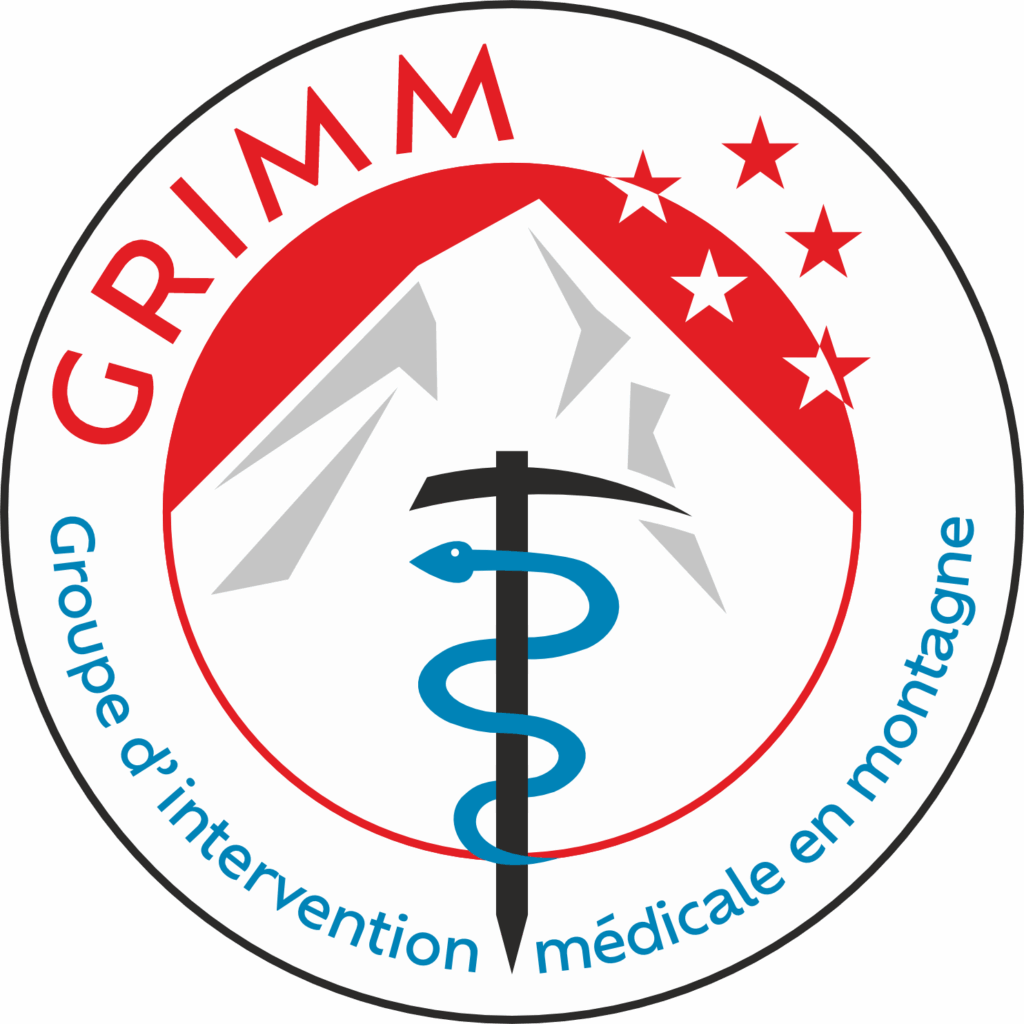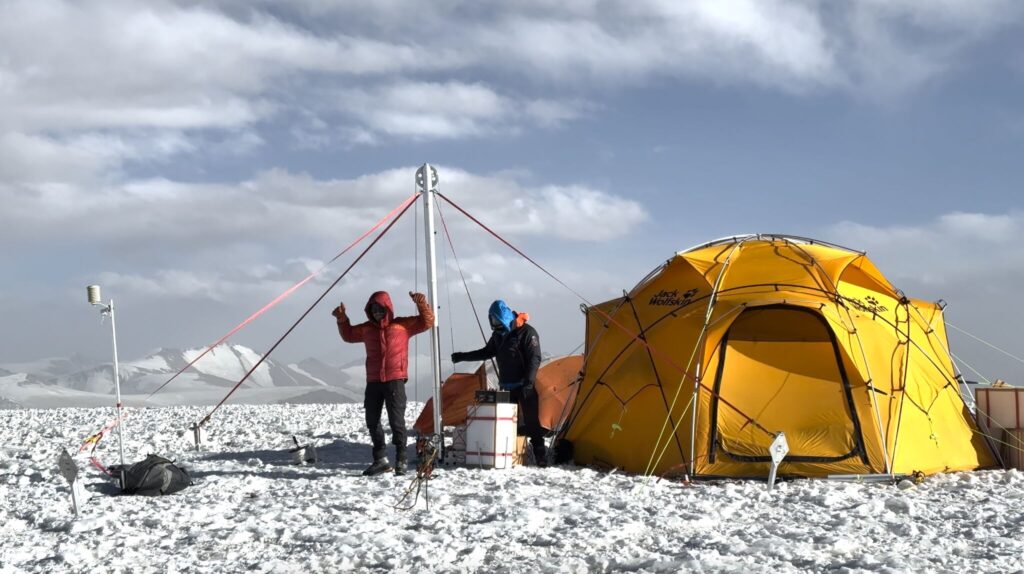
On 27 September 2025, the Climate and Environmental History Research Cluster succeeded in extracting the first ice core from the Kon Chukurbashi Ice Cap, followed by a second ice core on 30 September, hitting bedrock both times. The first ice core, 104.7 metres long, will be analysed by the team of the PAMIR Project and their collaborators in Japan, providing invaluable information about past climate conditions. The second core is 105 metres long and will be donated to Ice Memory Foundation to join their climate archive collection preserved in Antarctica.

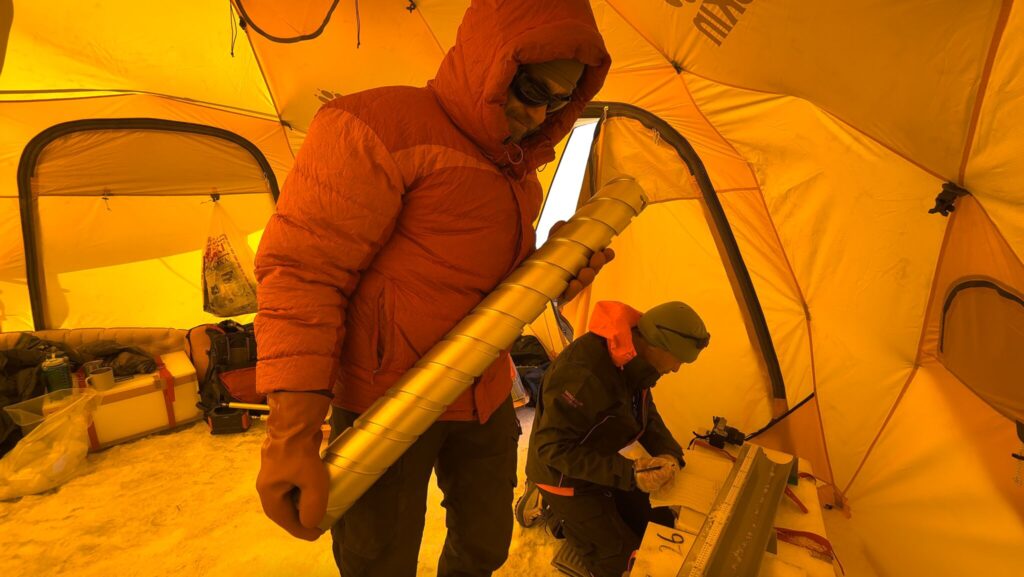
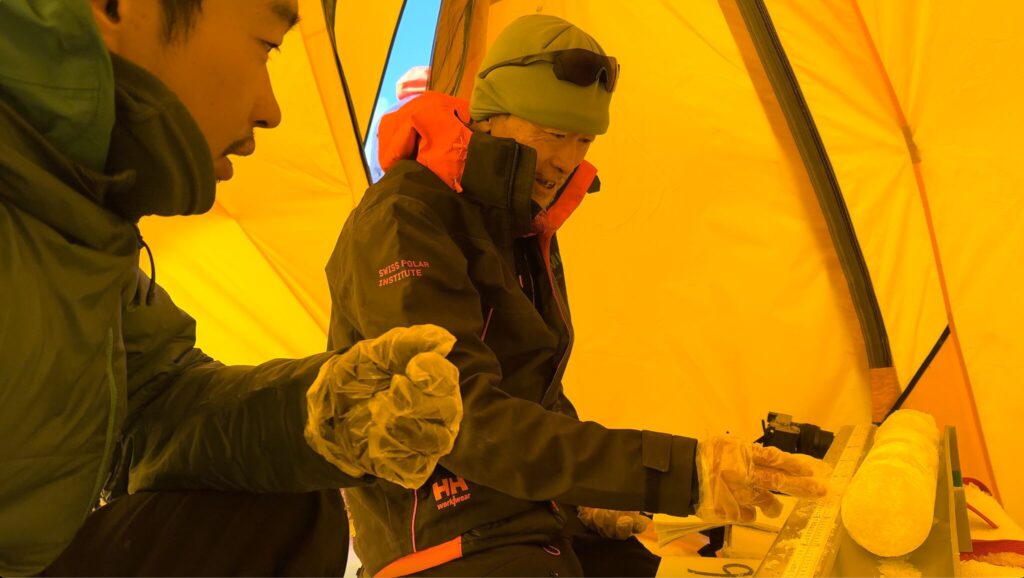
The international expedition is led by the University of Fribourg in partnership with the Center for Glacier Research of the National Academy of Sciences of Tajikistan, and including scientists from University of Zurich, WSL, Hokkaido University (Japan), Nagoya University (Japan) and the Ohio State University (US), with key technical support from the University of Bern.
Funded by Swiss Polar Institute, the Swiss interdisciplinary research programme PAMIR has worked in the Pamir region since 2022, successfully collecting important historic and contemporary data of this key headwater region, enabling a better understanding of the current state and the future of this understudied region.
The Climate and Environmental History Research Cluster of the PAMIR programme is led by the University of Fribourg (UniFr) in Switzerland in partnership with the Center for Glacier Research of the National Academy of Sciences of Tajikistan. Since the beginning of the PAMIR project in 2022, in collaboration with researchers from Paul Scherrer Institute and the Bavarian Academy of Sciences, the team investigated several sites in the Pamir region and, in 2024, identified the Kon Chukurbashi Ice Cap, located at over 5800 m a.s.l., as a suitable site for ice core extraction.
In September 2025, the Swiss-Tajik team has launched a joint expedition with scientists from Nagoya and Hokkaido Universities (Japan) and the Ohio State University (US) to conduct an ice coring operation and to retrieve the first-ever deep ice cores from this area. This operation is an integral part of the PAMIR programme that aims to unravel novel data to test the competing hypotheses on the unique state of the cryosphere in this important yet understudied mountain range, a vulnerable water tower that supports the livelihoods of millions of people in Central Asia. The ice is also a climate archive documenting air pollution and early human impact, e.g. from mining activities.
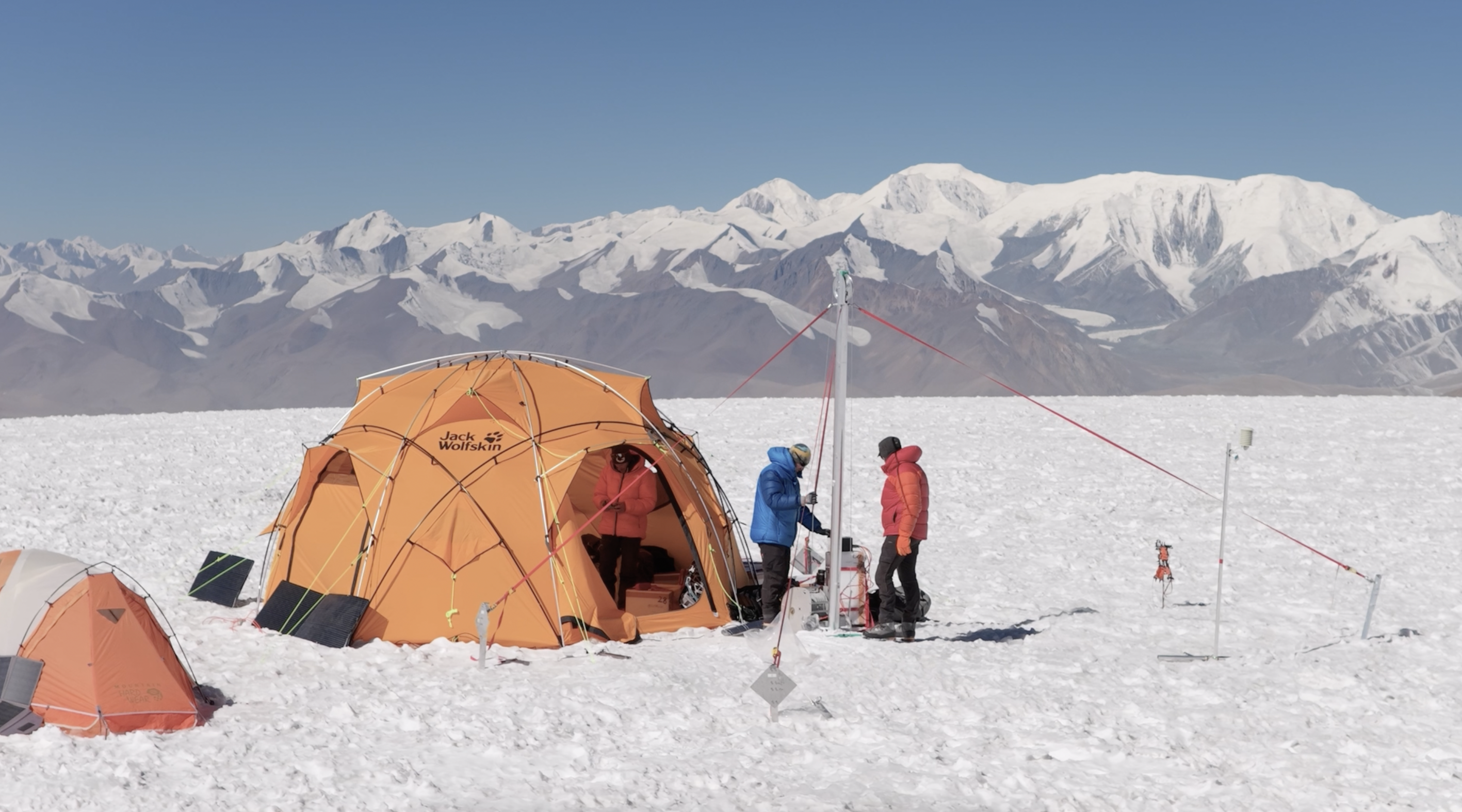
“This ice holds hundreds and possibly even thousands of years of physical records of snowfall, temperature, dust, and atmospheric chemistry. These data will be vital to understand the current and historic climatic changes in the region, and to help us to understand how future climate change will affect the region’s snow and ice.”
– Dr Evan Miles (UZH, UniFr, WSL)
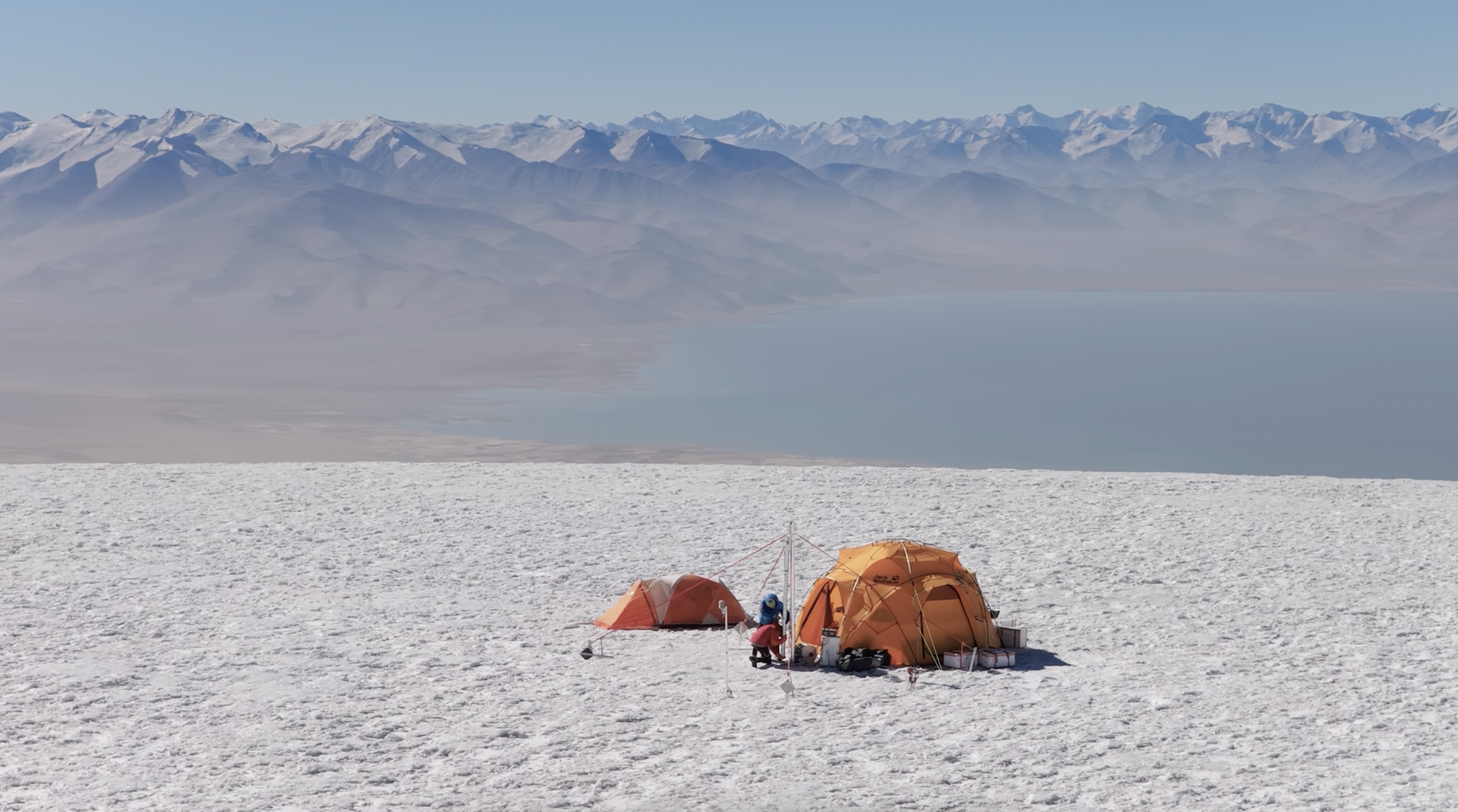
The science team aims to retrieve two 100-metre-long ice cores during the field campaign. One will be analysed in a specialised laboratory at the Institute for Low Temperature Science at Hokkaido University in Japan, and the second core will join the Ice Memory Foundation’s sanctuary of climate archives in Antarctica. Financed by Swiss Polar Institute’s Flagship Initiative programme, this drilling operation also benefits from key technical support from the University of Bern. The extraction of the second core and its transport to Antarctica is organised thanks to the support of the Ice Memory Foundation who will preserve this climate archive of the Pamir region for future generations, a fitting symbol of the UN International Year of Glacier Preservation 2025 and a start to the Decade of Action for Cryospheric Sciences 2025-2034.
A new article in the Nature Portfolio open access journal Communications Earth & Environment describes a process where decadal reduction in snow precipitation causes glacier mass losses in the Northwestern Pamir Mountains.
This work has been picked up by the Austrian national public broadcaster, with footage from the breathtaking Kyzylsu catchment, Tajikistan https://on.orf.at/video/14290108/15942761/klimawandel-erreicht-gletscher-in-zentralasien (in German).
Swiss Polar Class is a free educational program available to teachers, students, and anyone interested in discovering the polar regions. It is aimed at students aged 8 to 12 and older. Based on the scientific activities of the Swiss Polar Institute, the program develops learning materials on topics related to the Arctic, Antarctic, and high mountain regions. Explore content adapted to the Swiss curricula (in French and German) and dive into the fascinating world of the polar regions.
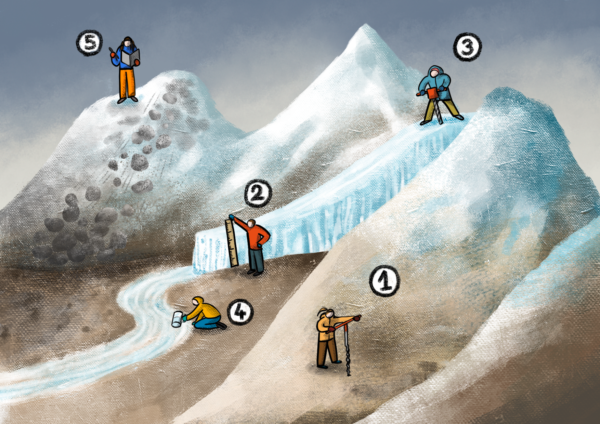
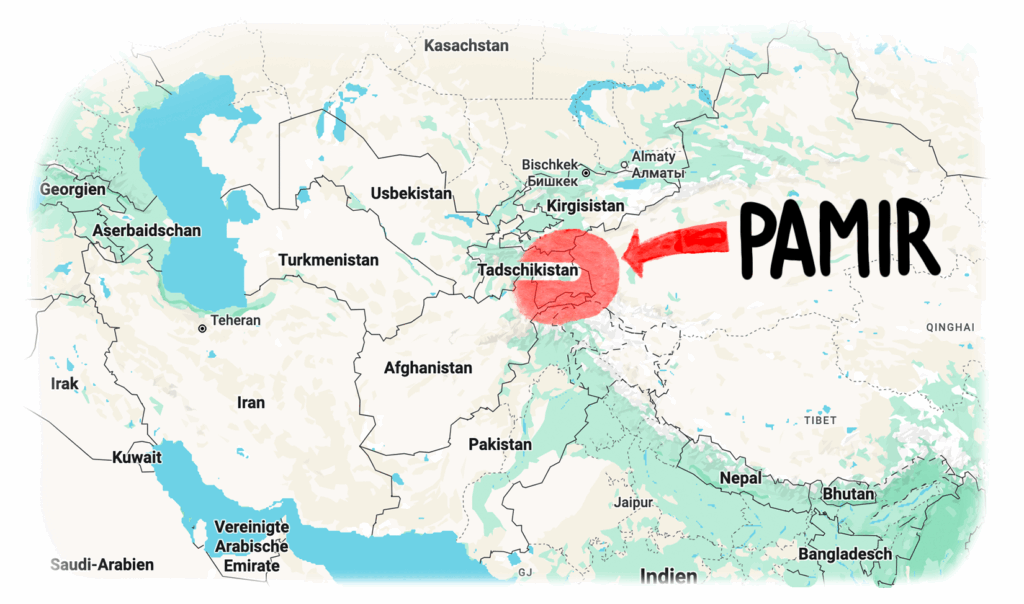

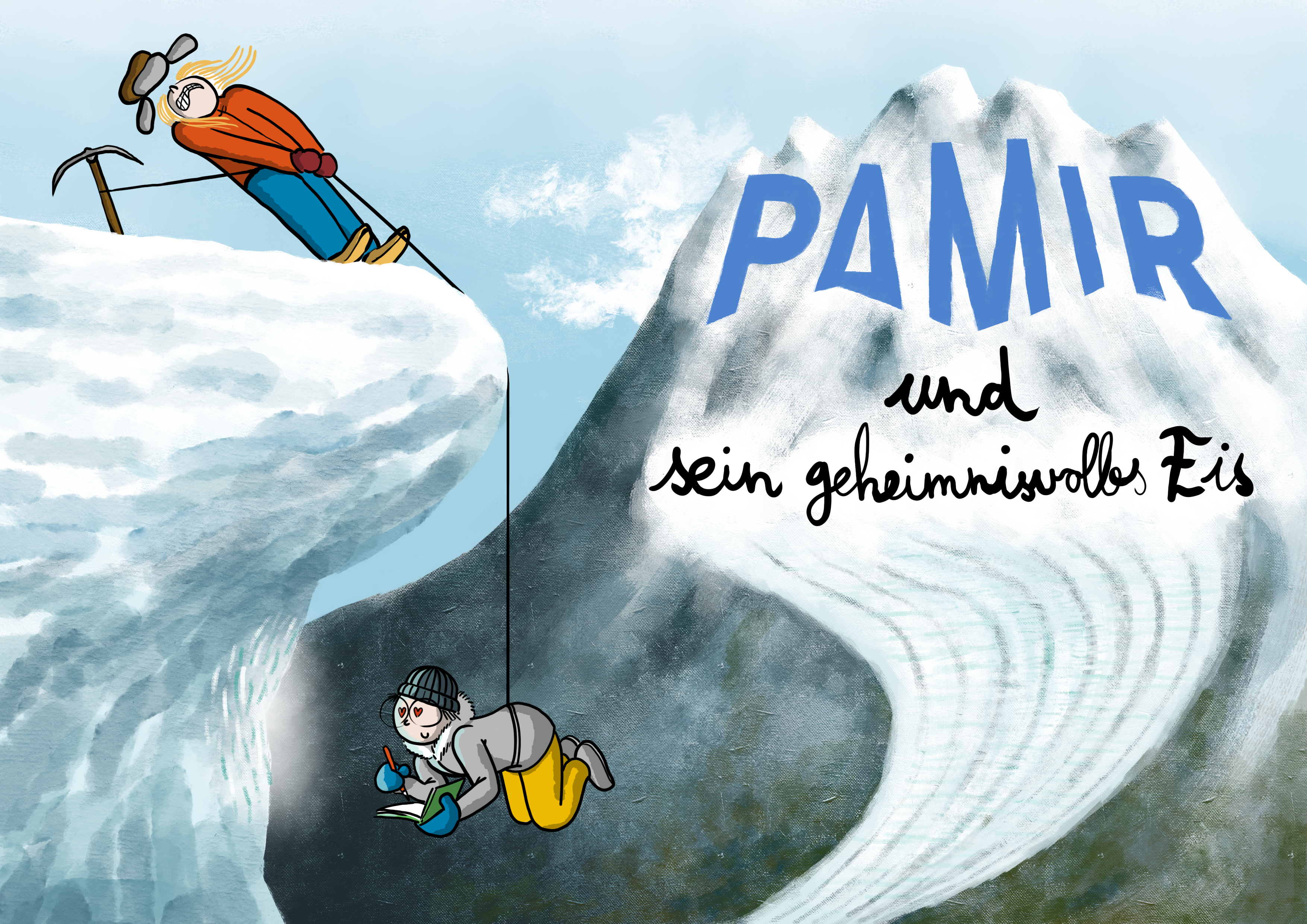
In collaboration with the GreenFjord team, Swiss Polar Class developed a learning module consiting of videos, podcasts, learning exercises, and much more which is now available online: https://polar-class.ch/de/pamir/
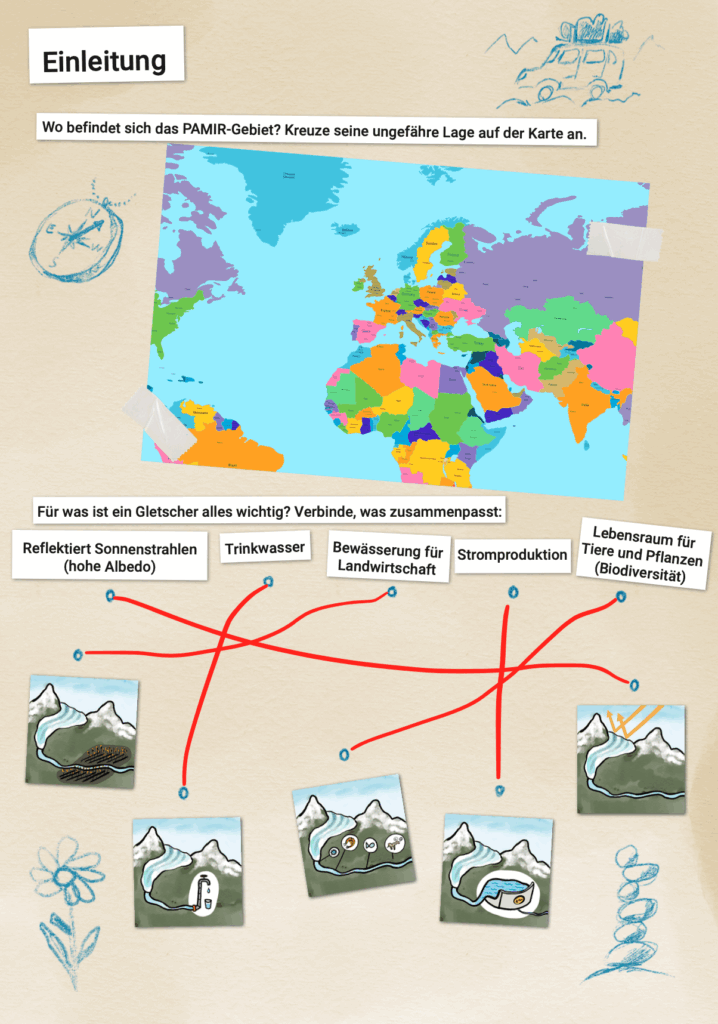

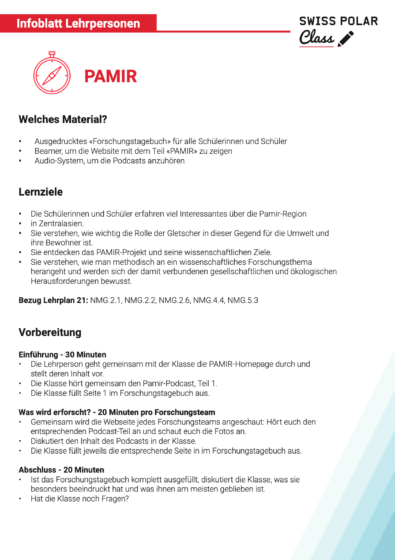
In late June 2025, PAMIR organised a 3-day ‘Health & Safety in the Field’ course followed by a 2-day ‘Technical Glacier’ training for local partners and collaborators and guides of the Adventure of Science Cantral Asia programme. The courses were tought by the Groupe d’Intervention Médicale en Montagne (GRIMM) and took place in the Tuzyuksu glacier station and on Tuyuksu glacier.
